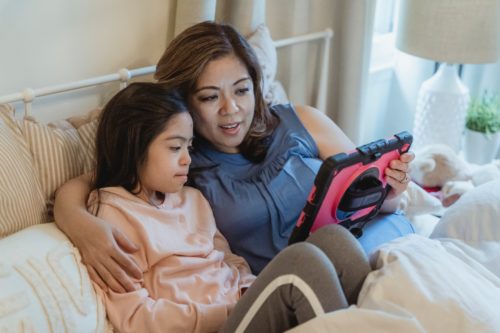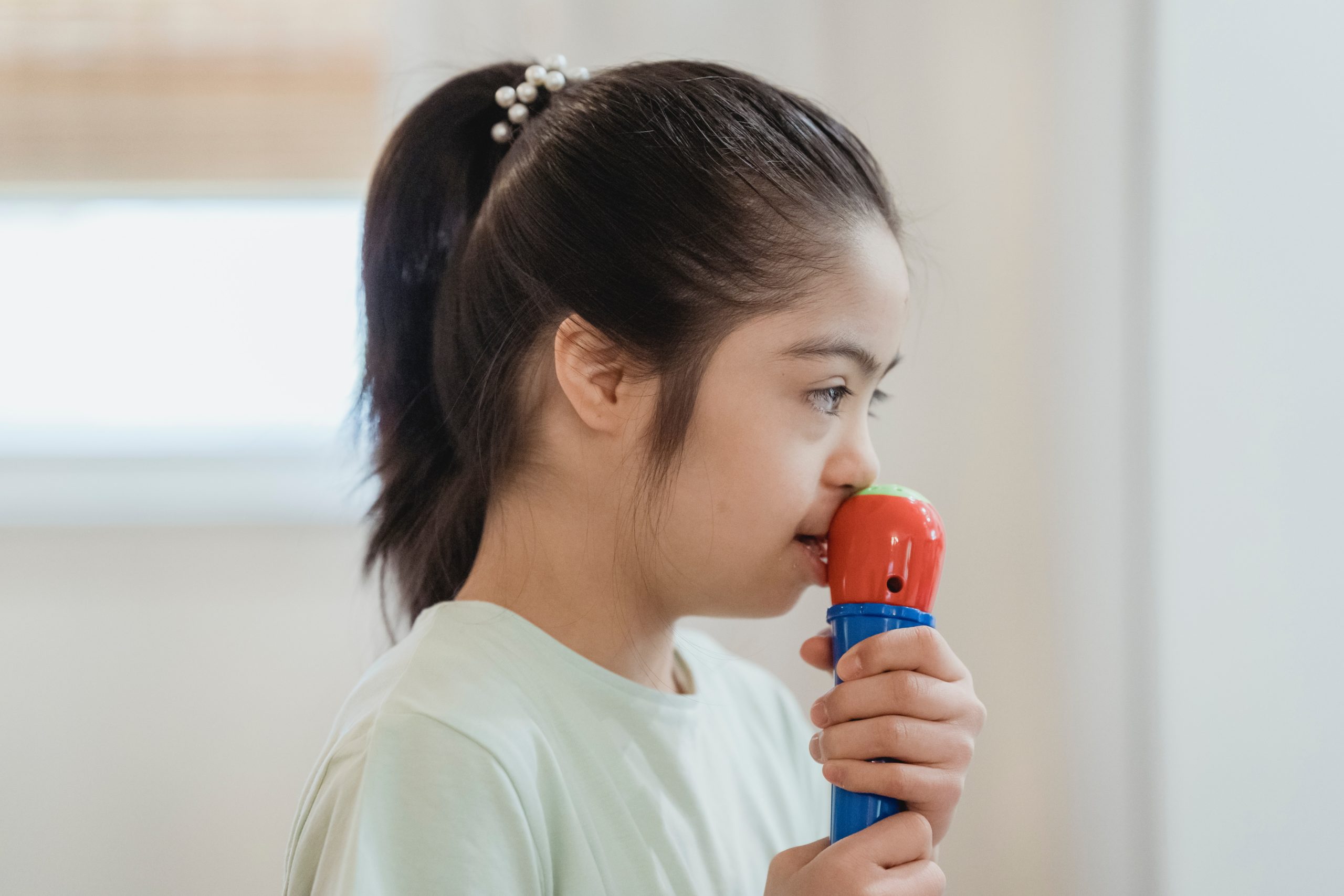Parents and caregivers of children with Autism Spectrum Disorder (ASD) often find themselves in the pursuit of activities that not only entertain their child but also provide an avenue for skills development. This need is further emphasized for children undergoing Applied Behavior Analysis (ABA) therapy, a commonly recommended treatment for children with autism that focuses on improving specific behaviors, including social skills, communication, reading, and adaptive learning skills.
The right activities can complement ABA therapy by offering an environment where children can apply and master the skills learned during therapy sessions. Here are the top five such activities.
1. Autism-Friendly Sports
There’s a misconception that children on the spectrum may not enjoy or benefit from physical activities or sports, but that couldn’t be further from the truth. For example, sports for kids with autism help promote healthy bodies while ABA Therapy works on their minds. Moreover, sports, when adapted to be autism-friendly, can provide numerous benefits.
From swimming to horseback riding, and from soccer to martial arts, each of these sports can be tailored to an individual child’s needs and comfort level. The key is to focus on non-competitive, fun, and sensory-friendly activities that reduce anxiety and improve motor skills.
In the context of ABA therapy, these sports provide opportunities for children to practice turn-taking, follow instructions, improve coordination, and build self-confidence. Their structured nature mirrors the structure found in ABA therapy sessions, providing consistency and familiarity for children on the spectrum.
2. Art And Craft Projects
Engaging in arts and crafts projects is a wonderful and expressive outlet for children with autism. This creative endeavor allows them to showcase their unique perspectives, while also fine-tuning their motor skills. It also provides a structured framework within which children can express their feelings in a non-verbal way.
In line with ABA therapy, art projects can reinforce color recognition, shape identification, and following step-by-step instructions. Plus, the sense of accomplishment they feel upon completing a project is a great self-esteem booster.
3. Music And Dance Activities
Many children on the spectrum have an affinity for music. It can be soothing and therapeutic, helping to reduce anxiety and improve mood. Dance or movement activities, on the other hand, help to improve motor skills and coordination, as well as provide an outlet for self-expression.
Incorporating music and dance into ABA therapy can be as simple as adding rhythmic elements to reinforce learning or using songs to teach social skills. For example, a song about greetings can be a fun and memorable way to teach a child how to greet others appropriately.
4. Nature Exploration
Time spent outdoors is beneficial for all children, and those with autism are no exception. Activities like gardening, hiking, bird watching, or simply visiting a park can provide sensory experiences that stimulate curiosity and learning.
Within ABA therapy, nature exploration can be used to encourage observational skills, develop patience, and improve awareness of the environment. For instance, a scavenger hunt in a local park can be a practical and fun way to teach children about different plants, animals, and the importance of respecting nature.
5. Puzzles And Board Games

Puzzles and board games are not only enjoyable but also contribute to cognitive development. They foster problem-solving skills, enhance focus, and promote social interaction, as they often require collaboration and turn-taking.
These games can be easily integrated with ABA therapy sessions. For example, using puzzle pieces to reinforce counting skills or board games to promote communication and social skills. They provide an ideal setting to apply and reinforce behaviors learned during therapy in a fun and relaxed atmosphere.
Conclusion
While the quest for autism-friendly activities might seem challenging, the opportunity to see your child grow and develop makes the journey worth it. By choosing activities that naturally complement and enhance ABA therapy, you’re creating an environment where your child can flourish.
Every child is unique, so what works for one might not work for another. The key is to remain patient, flexible, and open to experimentation. Remember, the aim is to create an enjoyable experience for your child, where they feel safe and supported while learning and expressing themselves.

